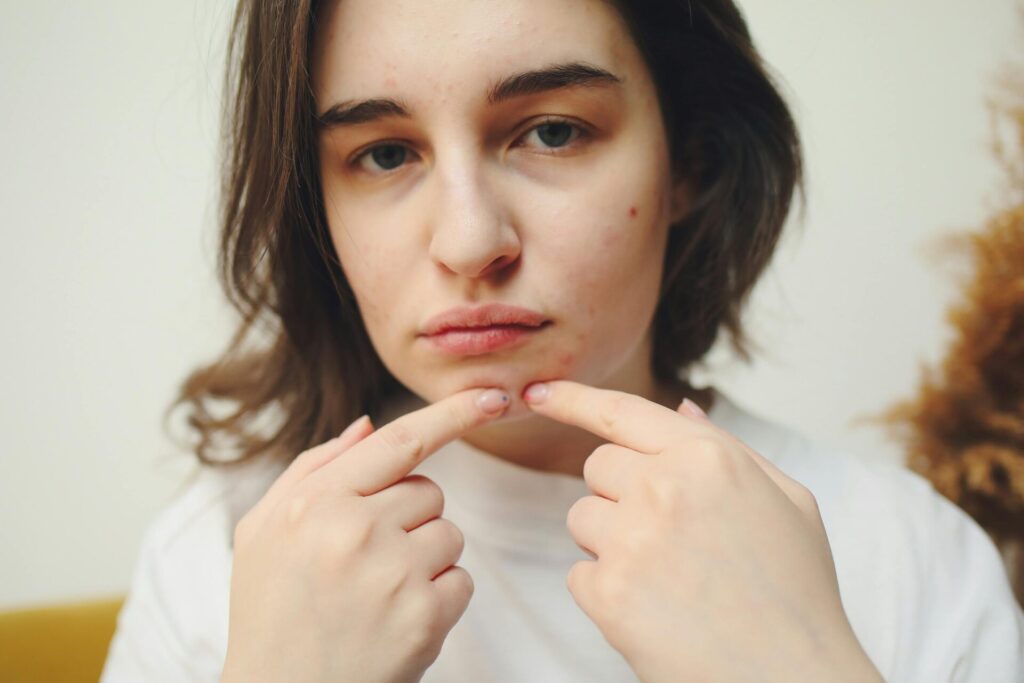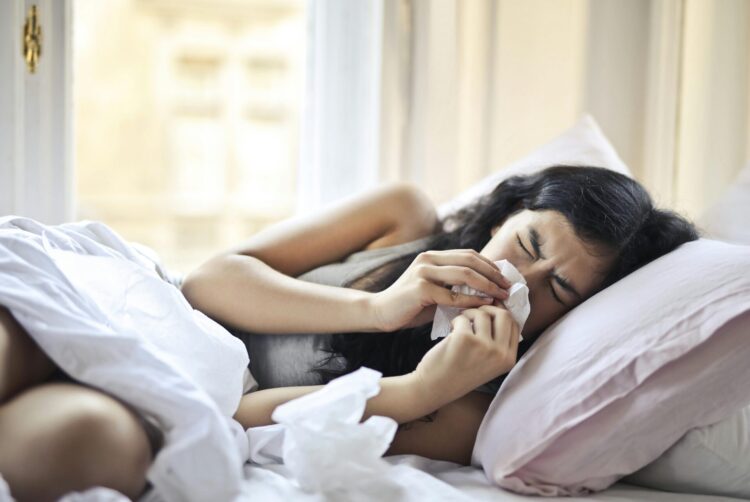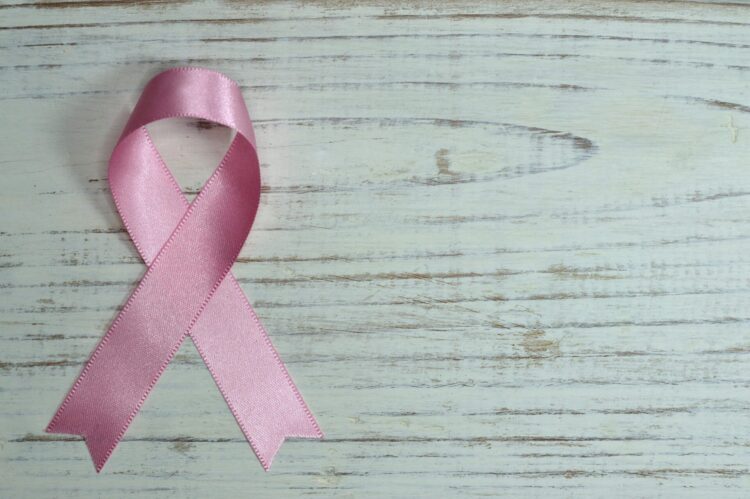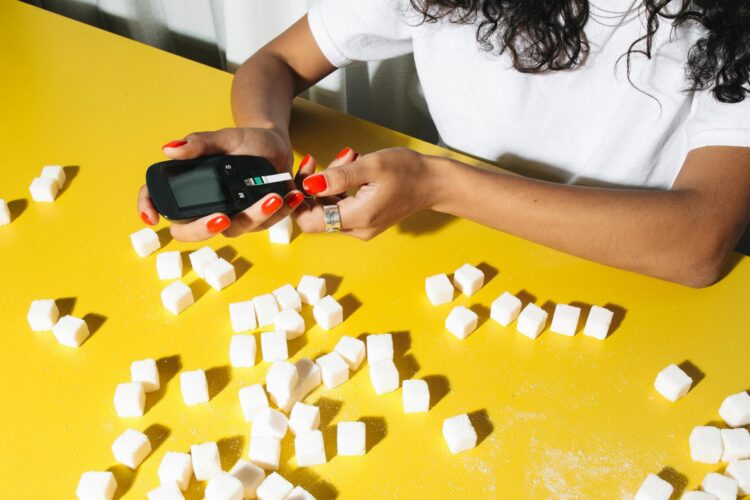Natasha Walker-Bogle is a fourth-year nursing student. She is a proud aspiring nurse, who was inspired to pursue a career in the nursing profession after seeing her grandmother’s remarkable volunteer work as a midwife within the community. She enjoys listening to reggae music for relaxation.
Aneeta Mary Sunil is a 4th year nursing student at York University. After the completion of her degree, she hopes to become an emergency nurse. Aneeta loves painting, drawing, and cooking in her spare time.
You may have thought acne was a problem you could leave behind in high school, but the truth is, many people continue dealing with acne in their 20’s, 30’s and beyond.
My struggles with acne have been a long journey from my teenage years well into adulthood. The lower half of my face was completely covered with acne due to in-grown hairs. I tried a variety of different skincare products and ultimately decided to follow up with my primary care provider because nothing was working. After trial and error, I’m finally on a regime that works for me.
What is acne?
Acne is a common skin condition that happens when your hair follicles become clogged with oil and dead skin cells. It’s usually found on your face and torso, including your neck, chest, shoulders and upper back.
Acne can be caused by several factors, including:
Genetics: Your genetics influence the size and activity of your sebaceous glands (which release an oily substance that protects your skin), and people with larger and more active glands have a higher chance of developing acne.
Bacteria: When bacteria are trapped within the sebaceous glands, they cause skin inflammation and irritation, leading to pimples and acne.
Hormones: During puberty, the body begins producing more androgens which are a group of sex hormones that can cause the sebaceous glands to become more active, causing acne.

Types of acne
Fungal acne: This type of acne can be itchy and red and is caused by yeast buildup in your hair follicles.
Cystic acne: This type of acne may lead to scarring on your skin and is caused by deep, pus-filled pimples and nodules.
Hormonal acne: This type of acne is usually caused by hormonal changes around puberty, but can happen anytime there is a change in hormone levels.
Nodule acne: This type of acne leads to pimples on the surface of your skin that are usually flat, painful and tender.
How to prevent acne
Acne is something many people will struggle with at some point in their lives, so you are not alone. There are things you can do to prevent and treat it and help is also available.
- Try making changes to your diet and lifestyle. Avoiding foods high in sugar and dairy may improve the severity of acne.
- Certain cosmetics, hair care products, and moisturizers may clog your pores. Check labels and choose products that are water-based, oil-free, and non-comedogenic (which means they won’t clog your pores).
- It might be tempting but try not to pick or squeeze blackheads, whiteheads or pimples. This can increase inflammation, cause infections and lead to scarring.
- Stress and anxiety can cause flare ups, which can make acne worse. Learn about coping strategies and maintain a healthy school-life balance by attending workshops at York. You can also get counselling support by speaking to a York counsellor either virtually or in-person.
- Come rain or shine be sure to always wear SPF and reapply when needed.
How to treat acne
For mild to moderate acne, try dermatologist-recommended products that are available without a prescription. You’ll need to be patient and also know that not every acne treatment works for everyone.
For moderate to severe acne, we recommend speaking to a healthcare provider to discuss treatment options and a referral to a dermatologist if needed.


